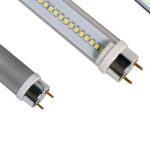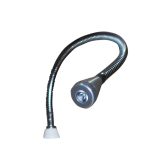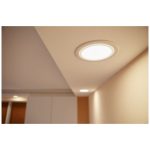Wattage Demystified: How Many Watts Does an LED Light Bulb Really Need?
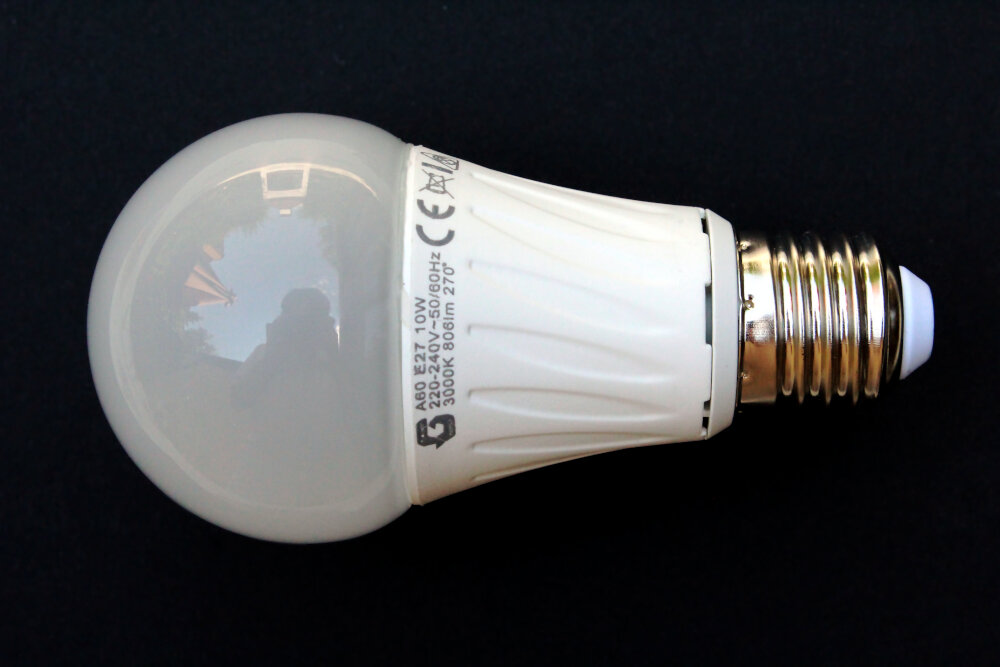
Light bulbs have come a long way since their invention in the late 1800s. With the development of LED technology, light bulbs have become more efficient, longer-lasting, and environmentally friendly. However, with the increase in technology comes an increase in confusion. Consumers are now faced with the decision of how many watts an LED light bulb needs. Understanding wattage is essential in selecting the right bulb for your needs, but it can be a daunting task. In this article, we will demystify wattage and explain how many watts an LED light bulb really needs. Wattage is the measurement of power used by an electrical device. In the case of LED light bulbs, it refers to the amount of electricity needed to produce light. The higher the wattage, the brighter the bulb. However, wattage is not the only factor to consider when choosing an LED light bulb. Lumens, color temperature, and beam angle also play a significant role in selecting the right bulb for your needs. By understanding how these factors interact, you can make an informed decision and select the perfect LED light bulb for your home or business.
LED light bulbs are becoming increasingly popular as they are energy-efficient, long-lasting, and environmentally friendly. However, many consumers are still confused about the wattage requirements of LED bulbs. Unlike traditional incandescent bulbs, which were rated by their wattage, LED bulbs are rated by their lumens output. Lumens measure the brightness of the bulb, while wattage measures the energy consumption. Therefore, when choosing an LED bulb, it is important to consider the lumens required for the intended use, rather than the wattage. This article aims to demystify the wattage requirements of LED bulbs and provide a better understanding of how to choose the right bulb for your needs.
Understanding wattage is crucial when it comes to choosing the right LED light bulb for your home or office. The wattage of an LED bulb is the amount of power it uses to produce light, and it directly affects its brightness and energy efficiency. Choosing a bulb with the right wattage is important because using bulbs with too high or too low wattage can lead to inefficient energy consumption, insufficient lighting, and even damage to the bulb or fixture. Moreover, wattage is often used as a measure of brightness, but with LED bulbs, it is not always the case. Instead, you should look for lumens, which measure the actual amount of light emitted by the bulb. Therefore, understanding wattage and its relationship with lumens is essential to make informed decisions and choose the right LED light bulb for your needs.
The article titled \Wattage Demystified: How Many Watts Does an LED Light Bulb Really Need\ aims to clarify the confusion surrounding the wattage of LED light bulbs. Many people are unsure of how much wattage is required for their LED light bulbs to function efficiently. This article provides detailed information on the relationship between wattage and the brightness of LED bulbs. It explains why wattage is not the most crucial factor to consider when selecting LED bulbs, as other factors such as lumens and color temperature are equally important. The article aims to educate readers on how to choose the right LED bulbs for their needs, taking into account their specific lighting requirements and preferences.
What is Wattage and Why Does it Matter for LED Light Bulbs?
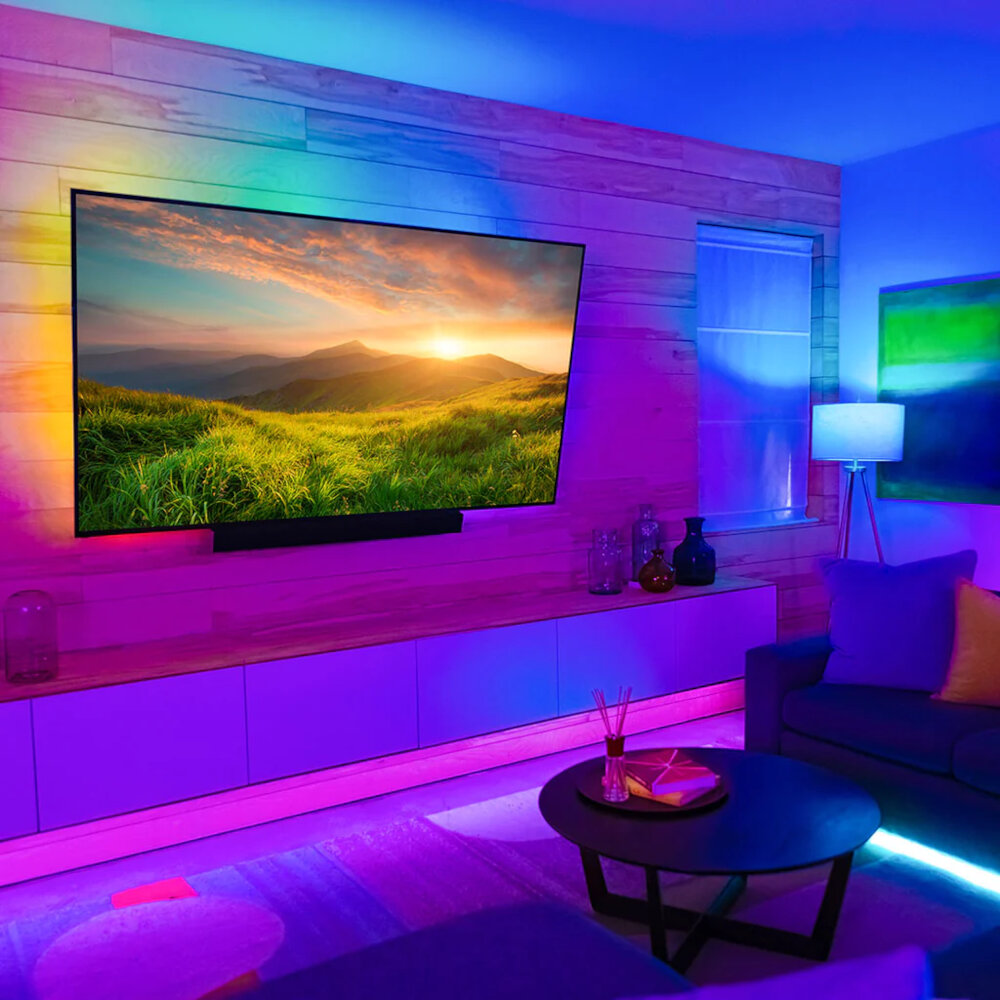
Wattage refers to the amount of power that a light bulb consumes to produce light. This measurement is important because it determines the brightness and energy efficiency of the bulb. LED light bulbs are known for their energy efficiency and long lifespan. In comparison to traditional incandescent bulbs, LEDs consume less power to produce the same amount of light, making them a cost-effective option for lighting. In addition, LED bulbs emit less heat, making them safer and more environmentally friendly. When choosing an LED light bulb, wattage is a crucial factor to consider. The higher the wattage, the brighter the bulb will be. However, it is important to note that wattage alone does not determine the brightness of the bulb. Other factors such as lumens and color temperature also play a role. It is recommended to look for an LED bulb with a lower wattage but higher lumens for a brighter and more energy-efficient light source. Overall, understanding wattage can help consumers make informed decisions when purchasing LED light bulbs and promote energy-efficient practices.
Wattage refers to the amount of electricity consumed by an electrical device or appliance. It is the rate at which energy is used, measured in watts. The higher the wattage, the more energy is being consumed, and the brighter or more powerful the device or appliance will be. When it comes to LED light bulbs, wattage is an important consideration as it affects the brightness of the bulb. However, with the advent of energy-efficient LED bulbs, wattage is no longer the sole indicator of brightness. In fact, many LED bulbs now use significantly less wattage than traditional incandescent bulbs while providing the same or even brighter illumination. Understanding the wattage of an LED bulb can help you choose the right bulb for your needs while also saving energy and reducing your electricity bills.
Wattage is a crucial factor to consider while choosing LED light bulbs. It refers to the amount of power a bulb consumes to produce light. In the past, people used to correlate wattage with brightness; however, that is not the case with LED bulbs. LED bulbs use less wattage compared to traditional incandescent bulbs but produce the same amount of brightness. This is because LED technology is more energy-efficient and produces less heat. Therefore, when choosing LED bulbs, consumers should focus on lumens rather than wattage. Lumens measure the actual brightness of a bulb, and the higher the lumens, the brighter the bulb. In summary, wattage is important to understand, but it is not the best indicator of a bulb’s brightness or efficiency when it comes to LED technology.
Wattage is a key factor in determining the energy efficiency and cost savings of a lighting system. The wattage rating of a bulb indicates the amount of energy it consumes when in use, with higher wattage bulbs requiring more power to operate. By selecting bulbs with lower wattage ratings, consumers can significantly reduce their energy consumption and lower their utility bills. LED bulbs, in particular, are known for their energy efficiency, with many models requiring only a fraction of the wattage needed by traditional incandescent bulbs. By demystifying wattage and selecting the appropriate bulb for their needs, consumers can make informed decisions that not only save them money, but also reduce their environmental impact.
LED light bulbs come in a variety of wattage options, making it challenging to determine which one is best suited for your needs. The wattage of an LED light bulb determines the amount of power it consumes and the brightness it emits. Generally, the higher the wattage, the brighter the light. However, with advancements in LED technology, lower wattage bulbs can now provide equivalent brightness to higher wattage bulbs, making them more energy-efficient. Therefore, when choosing an LED light bulb, it’s essential to consider factors such as the intended use, room size, and desired brightness level to determine the most suitable wattage option.
Factors to Consider When Choosing the Right Wattage for an LED Light Bulb
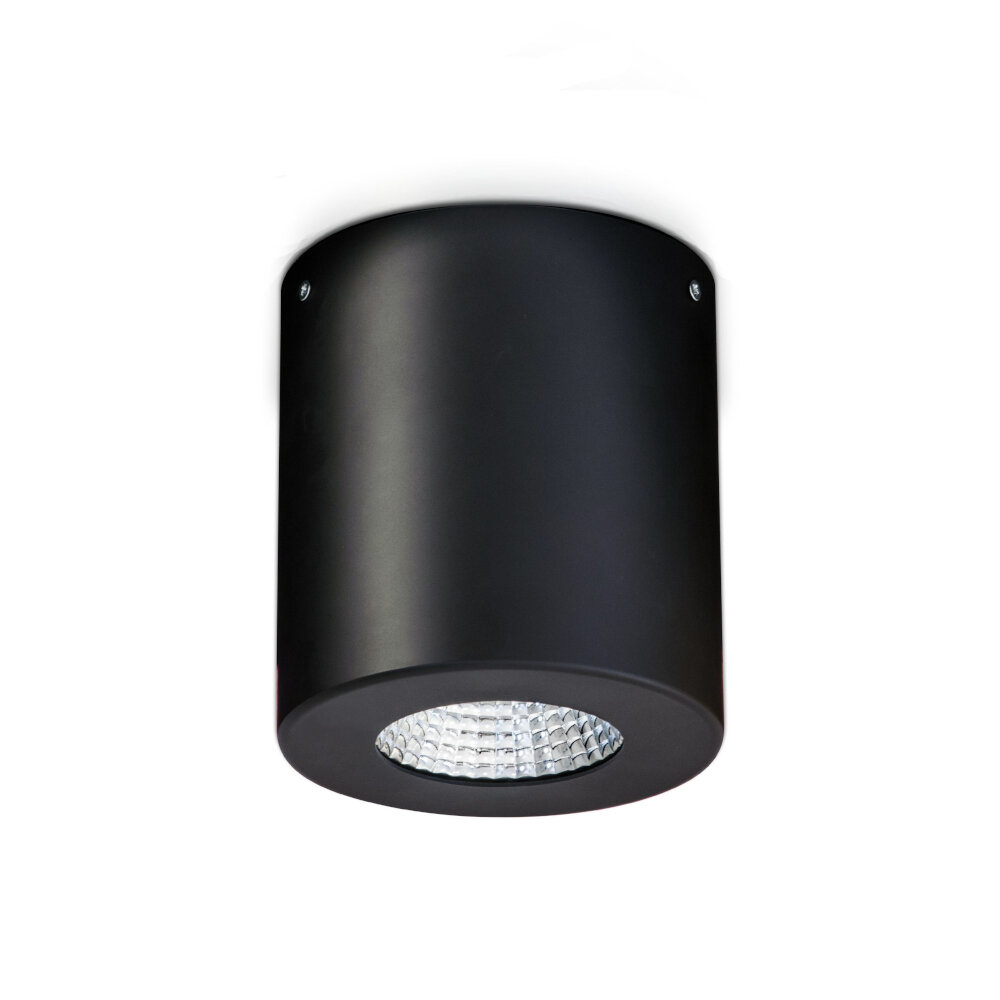
When it comes to selecting the right wattage for an LED light bulb, there are various factors that you must consider before making a final decision. One of the primary factors is the size of the room or space where you intend to use the bulb. A larger room will require a higher wattage bulb to provide adequate lighting, while a smaller room can be adequately lit with a lower wattage bulb. Additionally, you should also consider the purpose of the room. For instance, a reading room will require brighter lighting than a dining room. Therefore, you must choose an LED bulb with a wattage that is suitable for the specific use of the room. Another factor to consider when choosing the right wattage for an LED light bulb is the color temperature of the bulb. LED bulbs come in different color temperatures ranging from warm to cool. Warm light is suitable for relaxing environments, while cool light is ideal for workspaces or areas that require high visibility. Therefore, you should select an LED bulb with the appropriate color temperature that aligns with the intended use of the room. In conclusion, by taking into account the size of the room, the purpose of the room, and the color temperature of the LED bulb, you can choose the right wattage that will provide optimal lighting for your space.
When it comes to choosing the right wattage for your LED light bulbs, the size of the room plays a crucial role. A larger room will require more wattage to adequately light up the space, while a smaller room can make do with lower wattage bulbs. It’s essential to consider the room’s dimensions, ceiling height, and the number of light fixtures in the room to determine the appropriate wattage. In addition to wattage, it’s also important to consider the color temperature and brightness of the bulb to create the desired ambiance in the room.
The purpose of the room plays a significant role in determining the wattage required for an LED light bulb. Different rooms have different lighting needs, and hence the wattage required for a bulb can vary depending on the purpose of the room. For instance, a bedroom may require a dimmer bulb to create a relaxed and cozy atmosphere, whereas a kitchen may require bright lights to aid in cooking and food preparation. Similarly, a reading room may require focused lighting to avoid eye strain, while a living room may require a mix of ambient and accent lighting to create a welcoming and comfortable environment. Therefore, understanding the purpose of the room is crucial in determining the appropriate wattage for an LED light bulb.
The amount of natural light in a room can greatly affect the wattage needed for LED light bulbs. Rooms with large windows that allow ample sunlight to enter require less wattage, as the natural light can supplement the need for artificial lighting. However, rooms with limited windows or those that are located in basements or interior spaces may require higher wattage LED bulbs to provide adequate illumination. It is important to consider the amount of natural light in a room when selecting LED light bulbs, as it can help optimize energy efficiency while still maintaining a comfortable level of brightness.
Personal preferences play a vital role in determining the wattage of an LED light bulb. While some people prefer brighter and more luminous lighting for their homes or workplaces, others may opt for dimmer, more subdued lighting. This is why it is important to consider one’s personal preferences when choosing an LED light bulb’s wattage. A higher wattage would provide brighter light and more energy consumption while a lower wattage would provide dimmer light and less energy consumption. Therefore, it is recommended to select the wattage that suits one’s needs and preferences while also considering the energy efficiency of the bulb.
Common Myths About Wattage and LED Light Bulbs
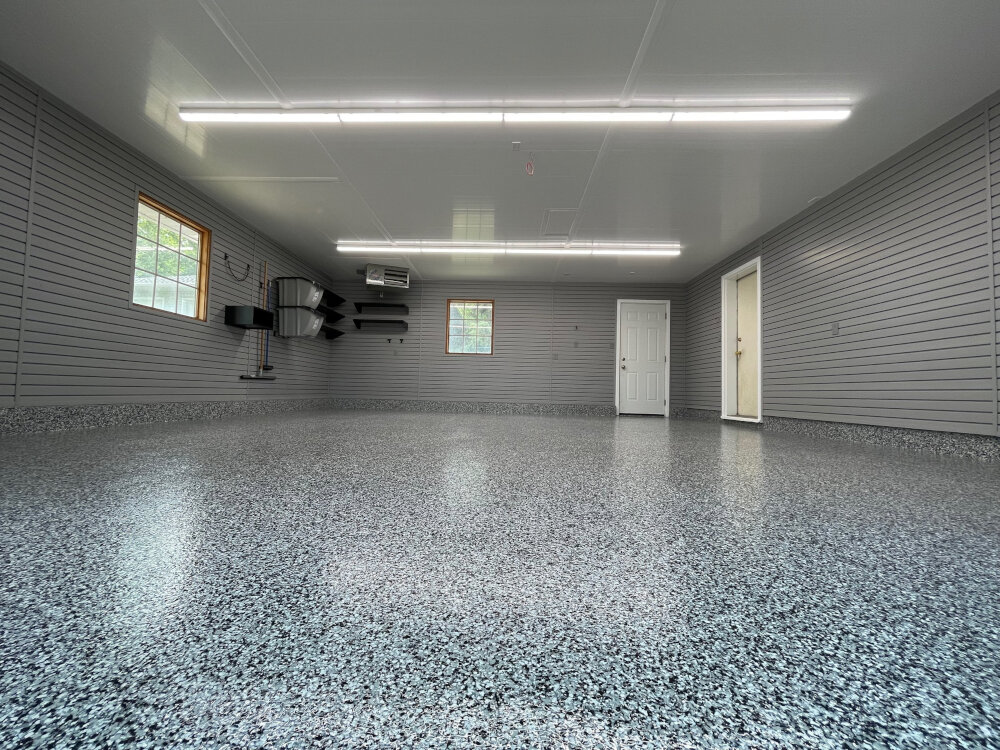
In the world of LED light bulbs, there are several myths surrounding wattage that need to be debunked. One of the most common myths is that the wattage of an LED light bulb determines its brightness. In reality, the brightness of an LED bulb is determined by its lumens, not its wattage. Lumens are a measure of how much light a bulb emits, while wattage is a measure of the amount of energy the bulb consumes. Therefore, a higher wattage LED bulb does not necessarily mean it will be brighter than a lower wattage LED bulb. Instead, consumers should look for the lumens rating on the packaging to determine the brightness of the bulb they need. Another common myth is that using a higher wattage LED bulb will consume more energy. While it is true that a higher wattage bulb will consume more energy than a lower wattage bulb, LED bulbs are much more energy-efficient than traditional incandescent bulbs. In fact, LED bulbs use up to 80% less energy than incandescent bulbs, which can result in significant savings on electricity bills. Therefore, using a higher wattage LED bulb may not necessarily result in a significant increase in energy consumption, especially when compared to traditional bulbs. It is important for consumers to consider both the lumens and wattage of an LED bulb when making a purchase to ensure they are getting the right bulb for their needs while also being energy-efficient.
One of the most common misconceptions about lighting is that higher wattage always equates to brighter light. However, this is not necessarily the case. In the past, higher wattage incandescent bulbs were indeed brighter because they used more energy to produce light. However, with the advent of LED technology, the relationship between wattage and brightness has become more complex. LED bulbs use much less energy than incandescent bulbs to produce the same amount of light, so a lower wattage LED bulb can actually be just as bright as a higher wattage incandescent bulb. Therefore, when shopping for LED bulbs, it’s important to look at the lumens rating (which measures brightness) rather than just the wattage.
One common misconception is that lower wattage always means less energy consumption. While it is true that LED bulbs consume less energy than traditional incandescent bulbs, wattage is not always an accurate indicator of energy efficiency. Wattage simply refers to the amount of power a bulb uses, but it does not take into account the bulb’s efficacy or the amount of light it produces per watt. In fact, a lower wattage LED bulb may actually consume more energy than a higher wattage LED bulb if it has a lower efficacy rating. Therefore, it is important to consider both wattage and efficacy when choosing an LED bulb for maximum energy efficiency.
One common misconception about LED light bulbs is that wattage is the sole determining factor of brightness. While wattage does play a role in determining how bright a bulb will be, it is not the only factor to consider. In fact, LED bulbs use significantly less wattage than traditional incandescent bulbs while still producing the same amount of brightness, thanks to their efficiency. The brightness of an LED bulb is also determined by its lumens, which measures the amount of light emitted by the bulb. So, when shopping for LED bulbs, it’s important to consider both the wattage and lumens to ensure you get the right level of brightness for your needs.
Understanding wattage for LED light bulbs is crucial for a number of reasons. Firstly, it allows you to select the right bulb for your needs, whether you’re looking for something that will provide ample brightness or something that will save you money on your electricity bill. Additionally, knowing the wattage of your LED bulbs can help you to understand how much energy they consume, which is important for both your budget and the environment. By choosing LED bulbs with lower wattage, you can reduce your electricity consumption and carbon footprint. Lastly, understanding wattage can help you to avoid confusion when shopping for bulbs, as you’ll be able to compare the wattage of different products and make an informed decision. Overall, understanding wattage is key to making the most of LED technology and maximizing its benefits.
In conclusion, choosing the right wattage for your LED light bulbs is essential for creating the desired lighting atmosphere and saving energy costs. It is important to consider the purpose of the light and the size of the room when selecting the wattage. A higher wattage is appropriate for larger rooms and areas where bright lighting is necessary, while a lower wattage is suitable for smaller spaces and areas where a softer, warmer light is preferred. Additionally, it is recommended to look for energy-efficient bulbs with lower wattage ratings to save on electricity bills and reduce carbon footprint. Overall, by considering these factors, you can make an informed decision and select the right wattage for your LED light bulbs that meets your needs and preferences.
Conclusion
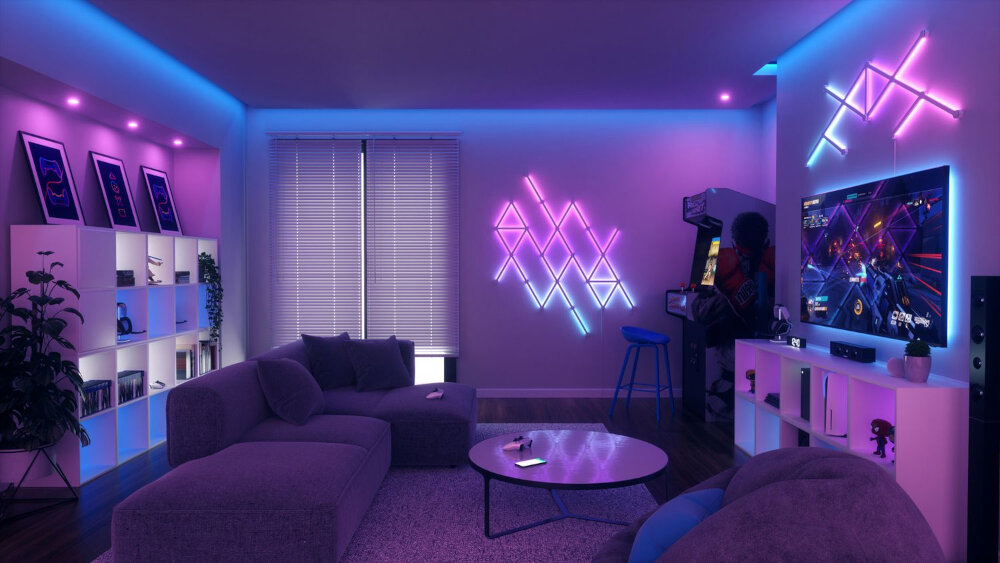
In conclusion, understanding the wattage requirements of LED light bulbs is essential for making informed decisions when it comes to purchasing them. While traditional incandescent bulbs rely on higher wattages to produce the desired brightness, LED bulbs are more energy-efficient and require significantly lower wattages. By considering factors such as lumens, color temperature, and the intended use of the bulb, consumers can determine the appropriate wattage needed for their specific lighting needs. Ultimately, investing in LED bulbs with the appropriate wattage not only saves energy and reduces utility costs, but also contributes to a more sustainable and environmentally conscious lifestyle.


